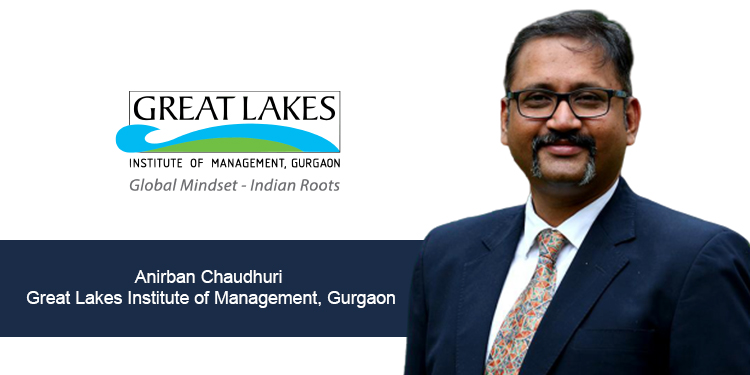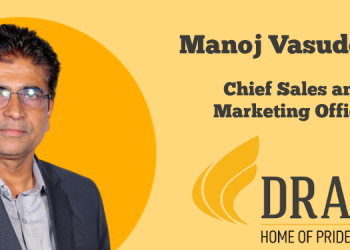Amid the social distancing and stay at home drama who thought that we could reminiscence our childhood superhero Shaktimaan back in action. Traditional platforms like television had started losing their mojo with the soaring viewership the OTT Platforms like Netflix and Prime Videos were receiving, so the Information and Broadcast Ministry emerged with an advisory to the DTH and cable operators to broadcast the most favourite shows of the 1990’s.
One question that arose was will the 90’s shows attract the same viewership that it did during that time? This, because at that time the production qualities were not so advanced and the graphics of those years do not match what is available now. But the Numbers showed that these shows were timeless.
MediaNews4U spoke to Anirban Chaudhuri, Associate Professor, Marketing, Great Lakes Institute of Management, Gurgaon on how will TV up its game against OTT as the young millennials are more glued to their phones. Another point on which OTT scores is there are no prolonged ads breaks.
Excerpts:
In recent times with DD bringing back Ramayan/Mahabharat and many of the iconic shows, you think it was a great move by DD?
DD getting Ramayana back for viewers ended up being a masterstroke. As per BARC (Broadcast Audience Research Council) data in week 13 i.e. week 3 post lockdown, DD National is the most-watched channel in India. Not just Ramayana and Mahabharat, Byomkesh Bakshi, Shaktimaan, Shriman Shrimati – all the popular shows of yesteryears are back on DD and garnering renewed interest.
Now with GEC floundering as no new episodes are being shot, will audiences finally move away from Saas Bahu soaps to a more out of the box programming or finite series?
The other GEC players too are following suit to make hay on nostalgia. But the nostalgia over proven content is what is working. While new content creation is a challenge for both OTT and GEC channels, the algorithm that can read the captive audience’s mind better will attract better viewership.
Will OTT take over TV in India?
On the other hand, OTT players too are having a great time with audience preference for originals going up. But the library for good original content too is limited. So television and OTT are co-existing in a time when 1.4 billion is homebound.
Data shows, while the day time consumption of news on smartphone and television are at the same pace, the primetime belongs to television. Even the non-primetime viewing is peaking. Movies on television is another genre that is keeping the box alive and kicking.
As per BARC rating this week Ramayan viewership was the highest, what do you attribute this to?
Ramayana’s renewed success has one more factor to note. It came back during Ram Navami amidst a situation where people could not step out for their ritualistic visits to the temples owing to lockdown. The cultural fillip to Ramayana on DD National cannot be discounted as it amassed record breaking viewership.
During this lockdown more and more people are shifting to News Channels, reasons?
Finally on the NEWS genre. An anxious mind at the beginning of the lockdown was continuously looking for more information on an unknown phenomenon called COVID-19. The lockdown and the allied confusion and chaos with it made the genre a must watch. In the third week of lockdown, while the relevance of news remains important, the mind is relatively more accepting of the status quo. So while the day goes on keeping a track of news and information on mobile as well as on television, evenings are becoming social again albeit with due physical distancing. Overnight growth of Zoom as a video conferencing platform and even having consumer events like Zoom Lockdown Concerts is a testimony of the same.

















